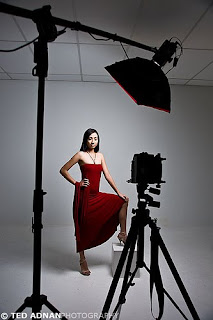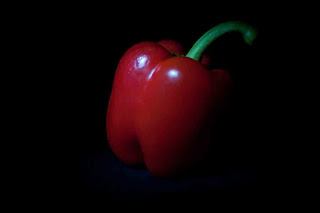Here are my examples of high key, low key, backlight and top light that i have shot in the studio
Examples of hight key photography. with this shot i had used a different whitebalance to the others and continued to take more high key shots with this being corrected.
Here the lighting that has been used is 3 softbox lights (both with fluorescent light bulbs) one below the graduating table and two at above on the left and right of the table directed at the object.
I like the effect of the lighting on the graduating table bringing the eye into focus on the subject in the middle. This to me has a slight commercial look.
The same lighting but at a different angle, i like the perspective view of this angle.
Again, the same high key lighting but at a different angle and i moved in a little closer. i like the detail and light reflection on this image.
Another image that was produced from the high key lighting which i can also relate to commercial photography. I like the symmetry that runs through the this image due to the lighting.
Above is the lighting set up used for my high key lighting.

Above is an example photograph demonstrating top light, lighting using a soft box.

One above and the one below are examples of low key lighting. using a black cloth on the graduating product table to hide any shadows. the lighting set up used (below) is a Bowen flash head on a stand.
The lighting that i have used above is just an LED flash light and which has been applied using the 'painting with light' technique. This technique i have that found gives an over all matt effect on shinier objetcs. As you can see with just the bare Bowen flash light (below) the light reflecting of the pepper is a lot harsher.

Above and Below are examples of back lighting using a soft box (with a fuorescent light bulb) one around the back of the graduating product table and one undernieth. I like this effect on the product and think it would also be a good technique for commercial product photography resulting in a clean cut image and a clean cut graduating reflection.


























.jpg)
.jpg)
































